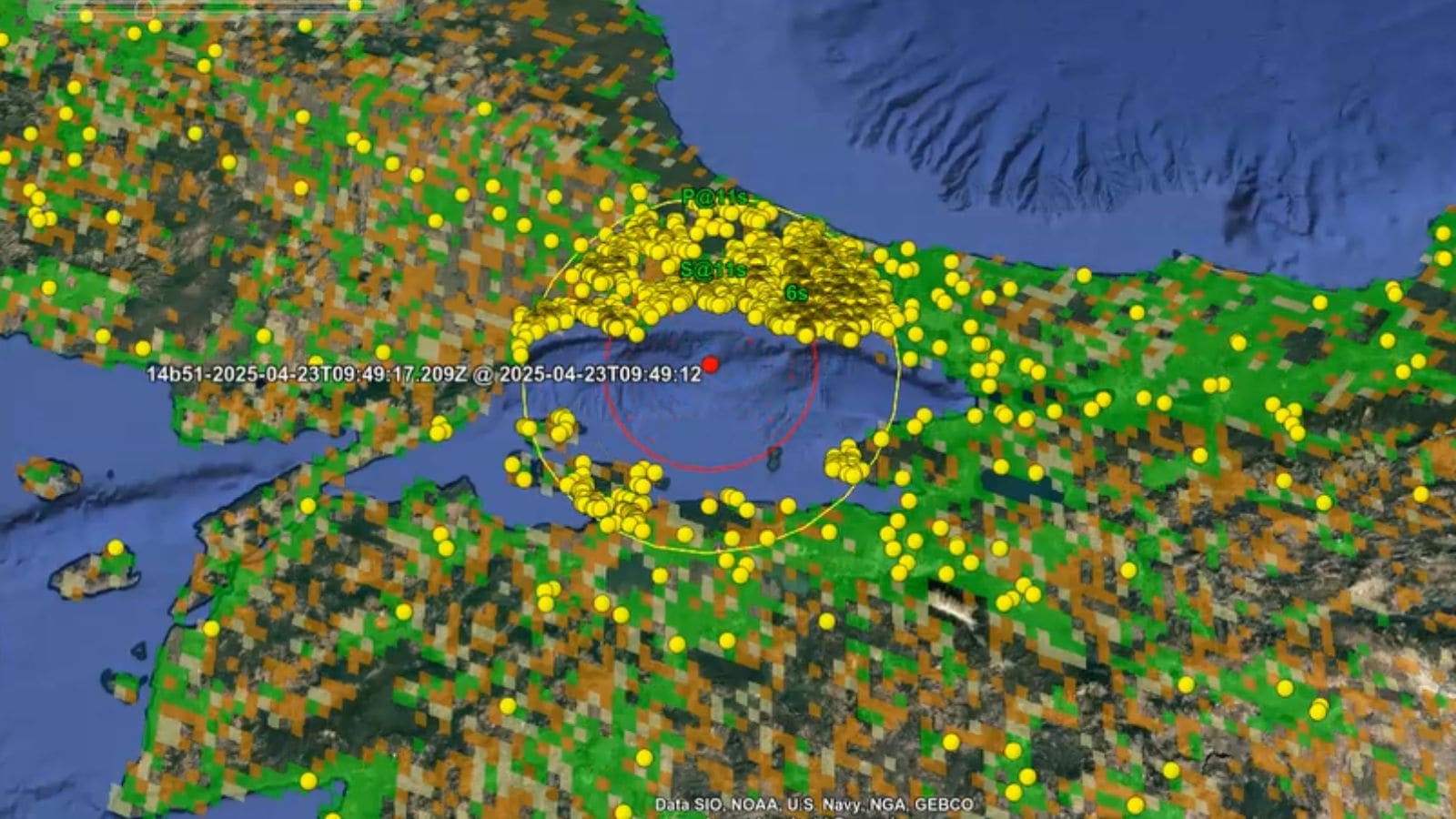When a devastating 7.8 magnitude earthquake struck southeastern Turkey in the early hours of February 6, 2023, most people were asleep. By the time buildings crumbled and the earth stopped shaking, over 55,000 lives were lost. But as the dust settled, a question lingered: Why didn’t more people receive a warning?
Now, more than two years later, Google has admitted that its Android Earthquake Alerts (AEA) System didn’t work as intended. Designed to act as a global safety net, especially in countries lacking official warning systems, the AEA System drastically underestimated the power of the Turkey quake, according to a report by BBC
Over 10 million people who had Android phones and were located within 160 kilometers of the epicentre should have received Google’s highest-level warning, ‘Take Action’. This warning serves as a loud alarm that overrides Do Not Disturb and fills the smartphone screen with instructions. It is meant to give individuals a critical 10 to 35-second headstart.
Instead, only 469 people reportedly received this alert. About half a million users were issued a milder ‘Be Aware’ notification, the kind that informs of light tremors and doesn’t make a sound. Google had initially claimed its system “performed well”, as per the report.
Now, the tech giant’s own research analysis reportedly confirms that its alert system drastically underestimated the magnitude of the quake, measuring it to be between 4.5 and 4.9 in magnitude on the Richter scale, instead of the actual 7.8.
What went wrong?
In a research paper published in Science journal, Google researchers said that the detection algorithm failed to interpret the strength of the initial tremors in Turkey.
The root cause reportedly had to do with the calibration. Only after the disaster did Google researchers tweak the algorithm and simulate the quake again. As part of the simulation, the system sent 10 million ‘Take Action’ alerts and 67 million ‘Be Aware’ notifications.
Story continues below this ad
Google has previously emphasised that its alert system is meant to be supplementary and not a replacement for national-level networks.
However, experts have raised questions about why it took so long for the tech giant to publicly acknowledge the issue. “People died and we didn’t see a performance of this warning in the way we would like,” Elizabeth Reddy, a professor at the Colorado School of Mines, was quoted as saying. “Would some places make the calculation that Google’s doing it, so we don’t have to?” asked Harold Tobin, director of the Pacific Northwest Seismic Network, said.
“We continue to improve the system based on what we learn in each earthquake […] Every earthquake early warning system grapples with the same challenge – tuning algorithms for large magnitude events,” a Google spokesperson was quoted as saying by BBC.
The AEA has reportedly pushed out earthquake alerts in over 98 countries so far. The system was introduced in India in 2023.
Story continues below this ad
(This article has been curated by Kaashvi Khubyani, who is an intern with The Indian Express.)
© IE Online Media Services Pvt Ltd

